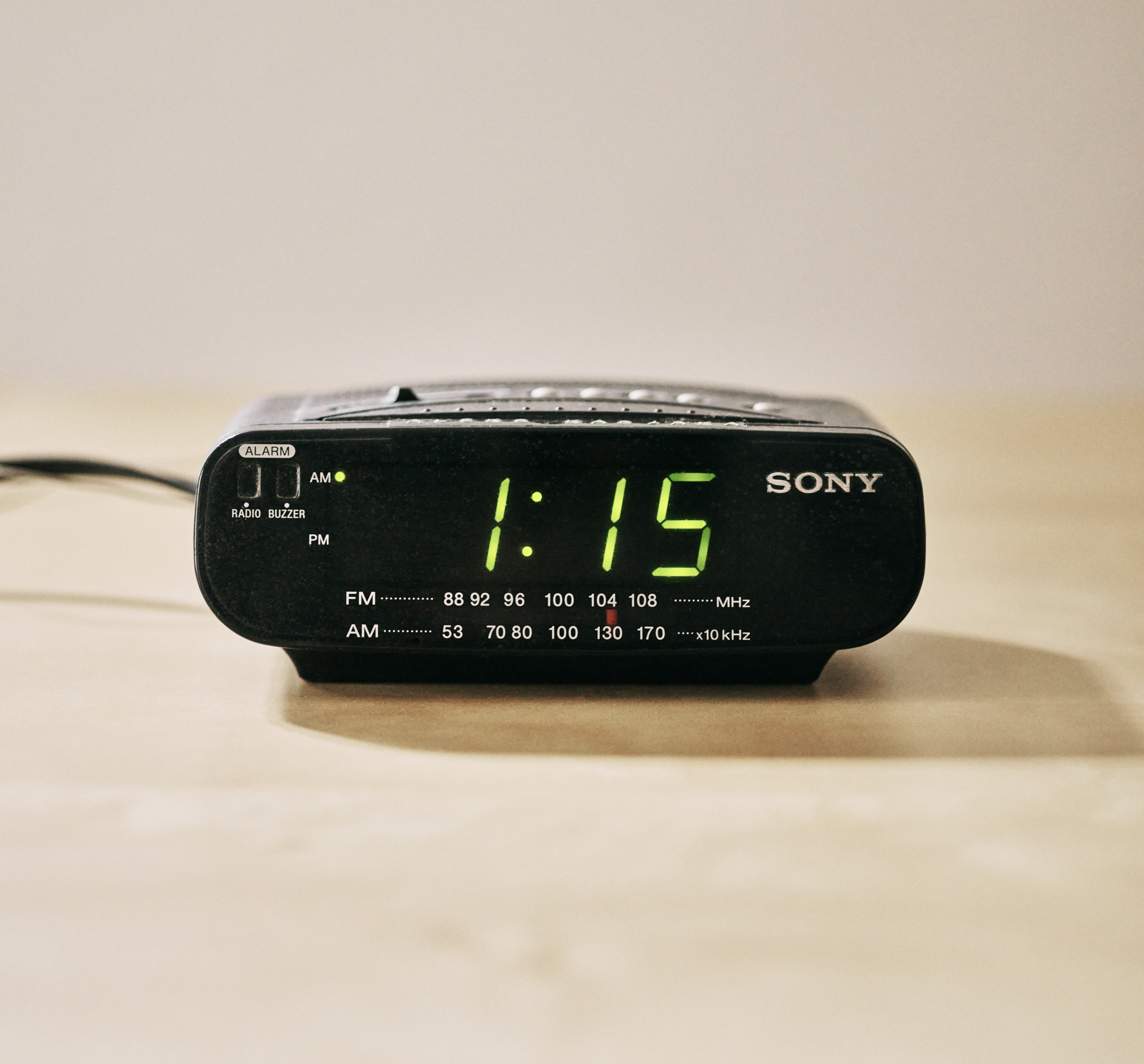I woke up in the middle of the night, my heart racing as I gasped for air. I’d just had a nightmare that jolted me out of an otherwise sound sleep. As I lay on my back in an attempt to coax myself into a return to slumberland, my mind raced with only the low buzz of the ceiling fan above accompanying. A few hours passed with no relief, until I decided it was time to turn on my AM/FM radio (bear in mind, it was the early 2000’s). In the dark, I fumbled with the dial and adjusted the antenna to alleviate the static until I found an AM radio station playing classical music. Almost immediately, I felt the knots in my chest unwind and the tension I felt ease. Enveloped by orchestras and pianists playing Debussy, Greig and Liszt, I was lulled into a slumber. To this day, I can always count on Clair de lune to calm me down.
It should come as no surprise that music has been scientifically proven to reduce stress. Specifically, music can lower cortisol levels in the body. Cortisol is known as “the stress hormone” and can affect so many parts of the body. Not only does cortisol increase glucose levels in the bloodstream, but according to Mayo Clinic, it “alters immune system responses and suppresses the digestive system, the reproductive system and growth processes”. So essentially, increased levels of cortisol can negatively affect the body from aiding in unwanted weight gain to increasing risk of anxiety, depression, memory and concentration impairment, heart disease, and sleep issues…and who the hell needs any of that in this economy? You can do a few things to decrease your cortisol levels, including exercising and limiting caffeine consumption. But even if you’re a self-proclaimed couch potato or certified coffee fanatic, I have great news for you: music can help!

The National Center for Biotechnology Information cites a study where 60 healthy female volunteers average around age 25 were exposed to stressors and were given music, sounds of running water, and rest without acoustic stimulation. Their findings concluded that “music listening impacted the psychobiological stress system. Listening to music prior to a standardized stressor predominantly affected the autonomic nervous system (in terms of a faster recovery), and to a lesser degree the endocrine and psychological stress response”. The science behind how music works can also help us see on a more granular level how it benefits us. Music comes to us as vibrations. As these vibrations pass through the inner ear, they’re translated into electrical signals, which make their way via neurons to the cerebral cortex. We have multiple regions of the brain that translate these signals (tone, frequency, rhythm) and the different parts of the brain work collaboratively to mash all of these signals together, resulting in decreased stress and increased endorphins and dopamine. That’s the lab coat and goggles explanation that can help us understand why we feel the impulse to scream at the top of our lungs at rock concerts; Why the thump of the bass at Brooklyn Mirage or underground EDM clubs that ripples through our bodies provides comfort and spine tingles. Even something as simple as singing along in the car during a road trip, the sun streaking the windshield, feels like therapy. It’s because, well, it basically is.

One of my personal favorite ways to mitigate stress is by listening to binaural beats. A binaural beat is an illusion created when two slightly different tones are played in tandem (usually in headphones), and the brain perceives a third tone to exist, the frequency of which fits snugly between the two tones being played. According to Psychology Today, “In order to produce a binaural beat, the two tones sounded in the ears must both have frequencies below 1,500 Hz with a difference of no greater than 40 Hz between them. The effects of the binaural beat will depend on its frequency and the corresponding brain wave”. You can test out binaural beats on YouTube using noise canceling headphones, or attend specialized meditation classes that utilize binaural beats. In my experience, I was able to reach an incredibly surreal transcendence at a binaural beats meditation, and I’ve been chasing that feeling of absolute solace ever since.
I’ve compiled a playlist for you to help you reduce those stress levels, decrease your cortisol, and help you reach mental and emotional relief. We can all use a moment of calm in our day; Remember to take time for yourself, breathe, and tune into a frequency that will help you achieve mental, emotional, and physical clarity…and remember that mental health is wealth! – NV


